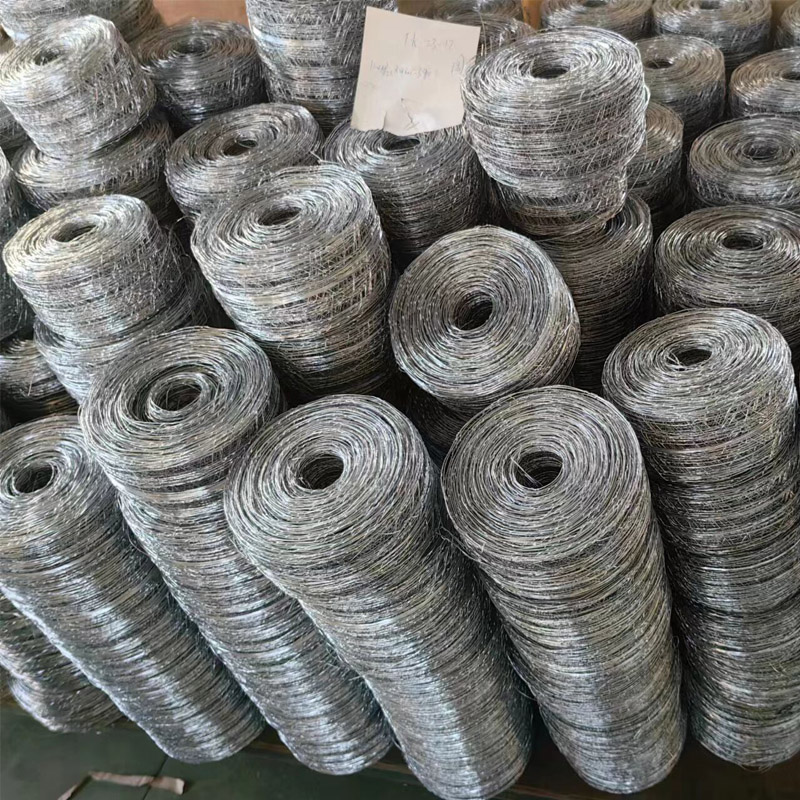
- Mobile Phone
- +8613931874955
- sales@cntcmetal.com
straight torsion spring
Understanding Straight Torsion Springs Design, Functionality, and Applications
Torsion springs are mechanical devices that store and release angular energy. Among the various types of torsion springs, straight torsion springs are particularly popular due to their simplicity and effectiveness in numerous applications. This article will explore the design principles, functionality, manufacturing process, and applications of straight torsion springs.
Design Principles
A straight torsion spring is essentially an elongated strip of metal that is coiled into a helical shape. Unlike typical compression or extension springs, torsion springs work by twisting. The design of a straight torsion spring allows it to exert a torque or twisting force when it is wound or unwound. The amount of torque generated by the spring is proportional to the angle of twist and the spring's physical characteristics, such as its wire diameter, coil diameter, and the total number of coils.
The materials used in the manufacture of straight torsion springs are also significant. Common materials include stainless steel, music wire, and high-carbon steel, which provide the necessary strength and elasticity. The choice of material is crucial because it affects the spring's durability and performance under varying conditions.
Functionality
The primary function of a straight torsion spring is to store mechanical energy and release it when needed. When a straight torsion spring is twisted, it stores energy in the form of potential energy. When the spring is released, this energy converts back into kinetic energy, allowing the connected components to move. This mechanism is widely used in various devices - from simple toys to complex machinery.
One key aspect to note about straight torsion springs is their load-deflection characteristics
. The torque generated is calculated using the formula \( T = k \times \theta \), where \( T \) is the torque, \( k \) is the spring constant, and \( \theta \) is the angle of twist. Understanding these characteristics is vital for engineers and designers to ensure the spring will perform adequately for specific applications.Manufacturing Process
straight torsion spring

Manufacturing straight torsion springs involves several steps that require precision and expertise. The process usually begins with selecting the right material that meets the requirements of the spring’s anticipated use. The wire is then drawn to the desired diameter. Afterward, the wire is coiled into a helical shape under controlled conditions, ensuring consistent dimensions and properties throughout the spring.
Heat treatment is often applied to enhance the mechanical properties of the spring, increasing its strength and fatigue resistance. Finally, the springs undergo quality control tests to ensure they meet industry standards. This process guarantees that the springs will perform reliably in their intended applications.
Applications
Straight torsion springs have a wide array of applications across different industries. They are commonly found in everyday items such as clothespins, where they provide the necessary force to hold clothes securely, and in mechanical devices like garage doors, where they aid in the opening and closing mechanism.
In the automotive industry, straight torsion springs are used in various components, including door hinges and suspension systems, where they assist in managing movements and enhancing performance. Additionally, they are often employed in the manufacturing of instruments, educational toys, and electrical switches.
Another remarkable application is in the aerospace sector. Here, straight torsion springs play a critical role in controlling mechanisms such as flaps and landing gears, contributing to aircraft stability and safety.
Conclusion
In summary, straight torsion springs are essential components in numerous mechanical systems, characterized by their ability to store and release angular energy efficiently. Their design, functionality, and versatility make them invaluable in different industries, underpinning critical mechanisms in both simple and complex devices. Understanding the principles of straight torsion springs allows engineers to harness their capabilities effectively, paving the way for innovative solutions in mechanical design and engineering applications. As technology progresses, the role of straight torsion springs will likely expand, introducing new challenges and opportunities for engineers in the field.
share:
-
Why Sacrificial Formwork Is Redefining Underground ConstructionNewsJun.06,2025
-
The Structural Dynamics of Modern Concrete: How Snake Spacers Revolutionize Flexible ReinforcementNewsJun.06,2025
-
Snake Spacers Smart-Lock Concrete Reinforcement with Surgical PrecisionNewsJun.06,2025
-
Snake Spacers: Reinforcement Precision for Modern Concrete ProjectsNewsJun.06,2025
-
Snake Spacers Powering Concrete's Structural DNANewsJun.06,2025
-
Slither into Success: Snake Spacers' Precision Bite for Unbreakable ReinforcementNewsJun.06,2025
-
Sacrificial Formwork: Building Stronger, Faster, and Safer StructuresNewsJun.06,2025



















